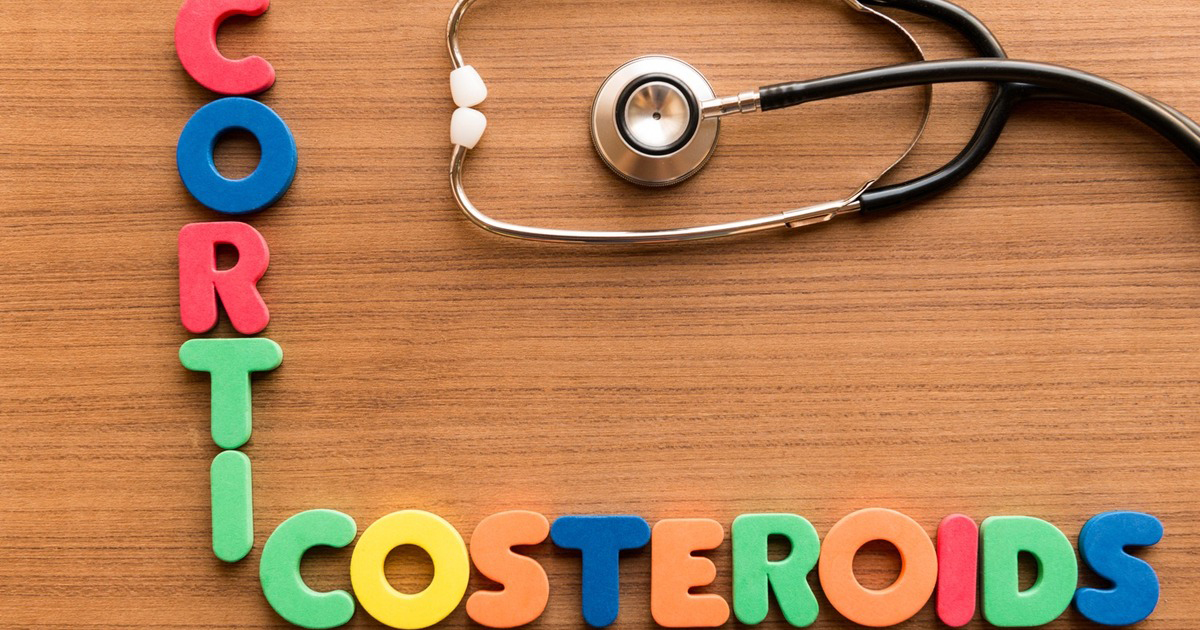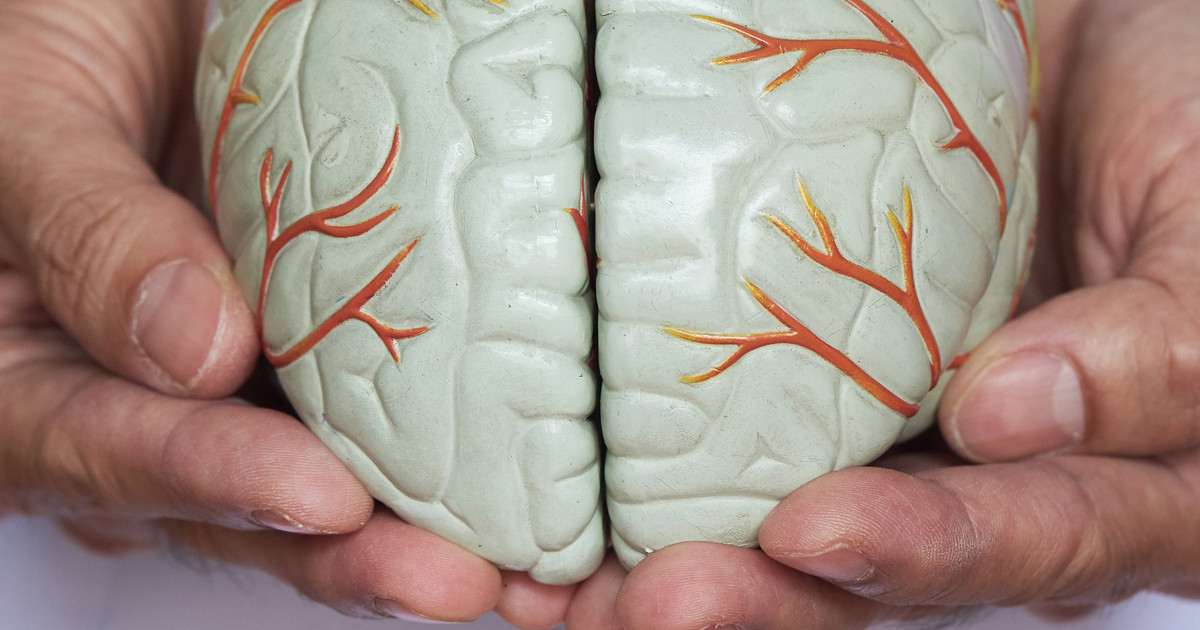Guide To Understanding Anabolic Steroids
Anabolic steroids are also referred to as anabolic-androgenic steroids and performance-enhancing drugs. They are synthetic types of testosterone, the male sex hormone. When prescribed by a doctor and taken as directed, anabolic steroids are considered safe. However, some patients could misuse these medicines, leading to significant side effects such as infertility. Patients who feel they may have a condition that could benefit from using these drugs should see their doctor. Individuals prescribed anabolic steroids need to be monitored regularly by their doctor.
Doctors use these medications as a delayed puberty treatment in boys. Anabolic steroid treatment is also common for various hormonal issues in men. Some women may take them as a part of their breast cancer treatment. These steroids can help with certain forms of muscle loss as well. However, it is vital for patients to understand anabolic steroids and how they work first.
Compare To Corticosteroids

Anabolic steroids and corticosteroids are both synthetic versions of hormones naturally produced by the body. Beyond that, they are very different medications and are used for different purposes. Corticosteroids are synthetic versions of the hormones produced by the cortex of the adrenal glands. They include glucocorticoids such as cortisol and mineralocorticoids like aldosterone. Cortisol is a regulator of immune system function, and aldosterone regulates the body's electrolyte balance.
Corticosteroids reduce inflammation in Crohn's disease, lupus, rheumatoid arthritis, ulcerative colitis, or certain cancers such as leukemia and prostate cancer. Potential side effects include thinning skin, weight gain, stomach ulcers, and depression. As synthetic versions of testosterone, anabolic steroids are used to increase muscle mass and enhance athletic performance. Anabolic steroids may cause issues with male fertility, particularly if they are misused or not taken as directed.
How Anabolic Steroids Work

Anabolic steroids impact gene expression and cell function by acting as androgen receptors in the patient's body. Androgen receptor activation regulates pathways that are involved in developing male characteristics. This activation from anabolic steroids also results in the rapid increase of calcium in brain, heart, and skeletal muscle cells. The increase is important in the function of anabolic steroids, as calcium has a significant part in neuronal signaling. Research also suggests that these steroids also influence certain GABA receptors. Experts claim that this may influence the anxiety patients have reported. Information also shows that anabolic steroids may increase dopamine and serotonin in the brain.
Uses

Doctors may prescribe anabolic steroids to treat some types of anemia. These medications also treat certain forms of breast cancer in females. In addition, doctors may consider anabolic steroids as a possible treatment for hereditary angioedema. This condition causes swelling of the face, throat, windpipe, and limbs. Anabolic steroids can assist patients in regaining muscle and weight after a prolonged illness, persistent infection, or severe injury. They may be prescribed in cases where a patient struggles to maintain a normal weight.
Stanozolol and oxymetholone are two of the anabolic steroids doctors in the United States may prescribe. These medicines are available as injections and as oral tablets. They should be used with caution in pediatric patients and elderly male patients. Anabolic steroids should not be taken during pregnancy, and it is not known if they are safe to use while breastfeeding. The dosage for injectable anabolic steroids is usually based on age. Patients should follow a diet high in both protein and calories during their treatment. This will increase their effectiveness. If necessary, a nutritionist can provide advice on appropriate meal planning while using this medication.
Side Effects

Both males and females have reported jaundice, bone pain, nausea, unusual bleeding, swelling of the feet and lower legs, and tongue soreness as side effects of anabolic steroids. Rarely, these medicines could produce abdominal pain, persistent headaches, hives, and loss of appetite. These effects are more likely with long-term use. Prolonged use may also lead to dark-colored urine, bloody vomit, sore throat, and black or light-colored stools. Patients have sometimes developed purple or red spots on the inside of the mouth or nose, and the medication could slow down normal bone growth.
For this reason, doctors should check the patient's height and take x-rays every six months. This will help them assess bone growth when anabolic steroids are used in pediatric patients. Liver issues, including tumors and peliosis hepatis, have occurred with high-dose treatment over a prolonged period. Anabolic steroids may increase blood sugar. Thus, diabetes patients should discuss this risk with their doctor. If misused, these drugs could trigger breast development, baldness, or reduced sperm count in men.
Withdrawal Symptoms

Individuals who are withdrawing from anabolic steroids could notice a variety of withdrawal symptoms. For example, patients may display mood swings or develop serious depression. They may also feel restless or have trouble sleeping. Some individuals could feel very fatigued during the withdrawal process. Thus, they may sleep for much longer than is normal for them. Weakness, muscle aches, low blood pressure, nausea, and vomiting have all been reported, and the patient may lose weight as they go through withdrawal as well.
Abdominal pain is also a possibility, and diarrhea may occur in some instances. Most patients experience significant cravings for anabolic steroids during the withdrawal process. Withdrawal symptoms vary considerably from person to person. It is generally recommended that patients undergo withdrawal at a treatment facility where they can be closely monitored. Doctors can prescribe medication to ease withdrawal symptoms if necessary.
Medication Interactions

When using anabolic steroids, patients need to be aware of the potential for medication interactions. For example, stanozolol interacts with anticoagulants such as warfarin. It could increase the patient's sensitivity to these medicines. Individuals who use anabolic steroids and anticoagulants together may need to have their blood thinner dose lowered. Since this interaction increases the patient's risk of serious bleeding, they should always let their doctor know immediately if any unusual bruising develops. This could be a sign of internal bleeding.
Anabolic steroids also interact with cyclosporine. This medicine helps prevent organ rejection in patients who have had a heart, liver, or kidney transplant. Anabolic steroids increase the level of cyclosporine in the patient's blood, and the dosage of cyclosporine may need to be adjusted during treatment with anabolic steroids.
Dosage Directions

Patients taking anabolic steroids will have varying doses depending on a few different factors. For instance, the specific steroid prescribed will have a different dose and dosing schedule. The reason a patient needs the medication also influences their dose. Furthermore, the patient's age and gender can influence their dosage directions. Ultimately, patients must follow their doctor's instructions. They must not change anything from these directions unless they have asked their doctor first. However, here are a few examples.
Nandrolone phenylpropionate may be prescribed for certain types of breast cancer in women, and its average dose range is twenty-five to one hundred milligrams. Common dosage directions are injecting this medication into a muscle once a week for up to twelve weeks. Most cases involve a four-week rest period before doctors reassess. Another injectable anabolic steroid, nandrolone decanoate, is prescribed for some forms of anemia. Females who are fourteen years old or older can receive injections of fifty to one hundred milligrams into a muscle every one to four weeks. However, males who are fourteen years old or older can receive fifty to two hundred milligrams every one to four weeks.
